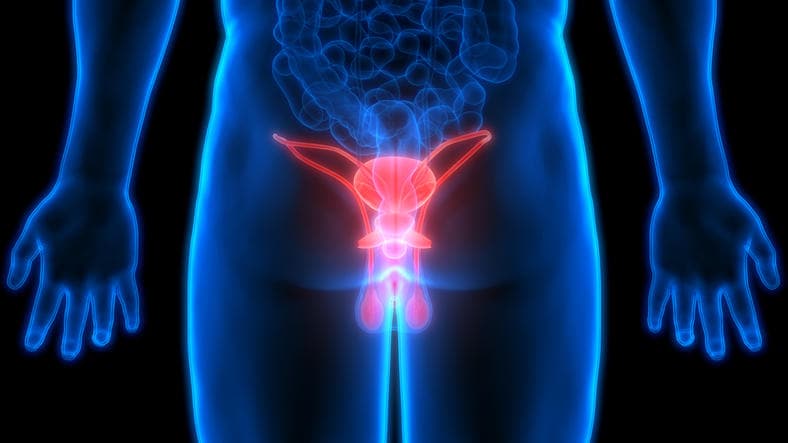
Testicular cancer and prevention: the importance of self-examination
Let’s talk about tumours: the testicles are the organs responsible for the production of spermatozoa and hormones essential for reproduction
Like any other part of the body, the testicles can be susceptible to cancer, due to an alteration in the cells that make them up.
In order to prevent its occurrence, testicular self-examination is a measure that should not be underestimated.
Testicular cancer: causes and risk factors
In Italy, approximately two thousand patients are affected by testicular cancer each year, and it is the most frequent cancer in men between the ages of 20 and 40.
Testicular cancer is caused by degeneration of the cells that make up the testicle and the cells responsible for sperm formation.
Risk factors include that cryptorchidism, i.e. the failure of one or both testicles to descend from the abdominal cavity into the scrotal sac, increases the likelihood of developing testicular neoplasia by up to 10 times compared to the rest of the population.
Testicular cancer: what are the symptoms?
The first symptom of testicular cancer is the presence of an indolent testicular nodule on self-examination, often associated with swelling, increased volume or a sense of heaviness of the testis and scrotum.
Other symptoms of testicular cancer may include:
- pain in the testicular area
- swollen legs
- breast tension – or growth of breast tissue
- lower back pain may also be indicative.
In the presence of one or more symptoms, a urological examination is essential.
Testicular self-examination, how to perform it
To prevent testicular cancer, an important ally is the practice of testicular self-examination.
This practice is quite simple, and can be done alone, preferably once a month, perhaps after a warm bath: the important thing is that the scrotal sac is relaxed.
One touches the surface of the testicle with thumb, forefinger and middle finger, so as to ascertain its consistency.
Then the fingers should make small rotary movements to notice any abnormalities.
A lump is recognisable to the touch quite well, it feels like a ‘hard ball’ inside the testicle.
If diagnosed in time, testicular cancer is highly curable, and its chances of cure are close to zero.
For this reason, self-examination of the testicle can be a key weapon in the prevention of this type of cancer.
Per approfondire
Emergency Live Even More…Live: Download The New Free App Of Your Newspaper For IOS And Android
Testicular Cancer: What Are The Alarm Bells?
Prostatitis: Symptoms, Causes And Diagnosis
Symptoms And Causes Of Cryptorchidism
Male Breast Cancer: Symptoms And Diagnosis
Diagnostic Imaging May Increase Risk Of Testicular Cancer: A TGCT Study From Pennsylvania
Male Pathologies: What Is Varicocele And How To Treat It
Continence Care In UK: NHS Guidelines For Best Practice
Enlarged Prostate: From Diagnosis To Treatment
Enlarged Prostate? Treating Benign Prostatic Hypertrophy BPH Goes Soft
Lithotomy Position: What It Is, When It Is Used And What Advantages It Brings To Patient Care
Testicular Pain: What Can Be The Causes?
Inflammations Of The Genital Apparatus: Vaginitis


